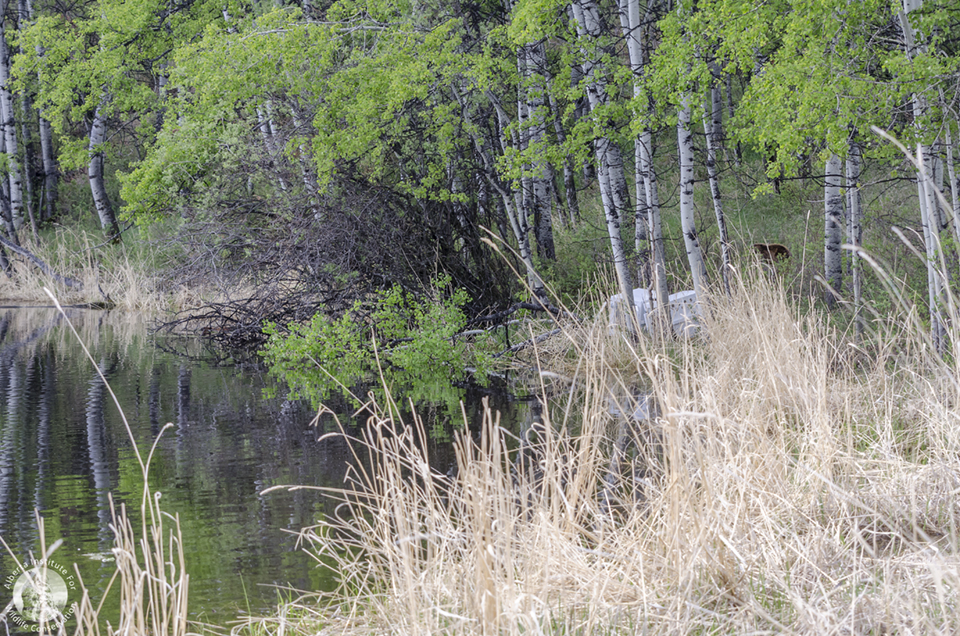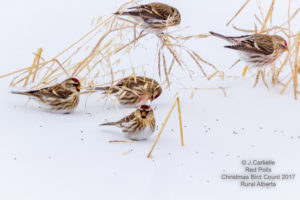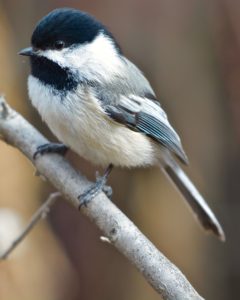By Courtney Collins
Wetlands are beautiful ecosystems that are incredibly important to wildlife! A wetland is exactly what it sounds like – a place where there is both water and land. You can find many wetlands around Alberta, and while they may seem quiet at first glance, they are actually buzzing with activity. Wetlands provide a refuge for migrating birds, for fish, and for mammals like beavers. Wetlands also provide nesting areas and food for many other species as well, including large and small mammals, amphibians, reptiles, and birds[i].
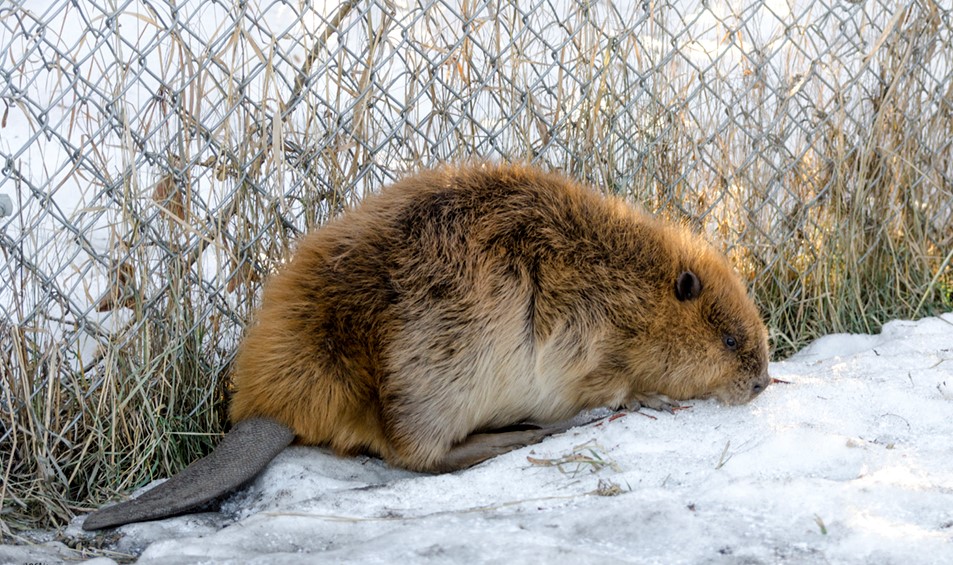
If you want to see a wetland up close and check out just how amazing they are, a few accessible wetlands in Southern Alberta include: Inglewood Bird Sanctuary and Nature Centre in Calgary, Clifford E. Lee Nature Centre in Spruce Grove, Elizabeth Hall Wetlands in Lethbridge, or Wasakoo Park in Red Deer[ii].
Wetlands are nature’s water purification systems, but there’s only so much they can handle. When harmful waste is not disposed of correctly, it can enter wetlands by way of stormwater drainage. This is where rain or snow picks up waste and moves it into storm drains, where it can then make its way into wetlands[iii]. Some of the main impacts that can cause chemical runoff into wetlands come from agriculture, but runoff from city life can also have a large impact. Harmful waste can enter wetlands by something as simple as watering your lawn, washing your car outside, or using common household cleaners [iv]. . Other items around the house including medications, road salt, garden fertilizers and pesticides, pet waste, laundry detergent, motor oil, and other garbage and debris[v] can enter wetlands if not disposed of properly.
How you can help wetlands
There are some simple things you can do to help keep our wetlands healthy. For instance, there are many easy recipes you can use to make your own household cleaners, such as this one from Green Calgary!
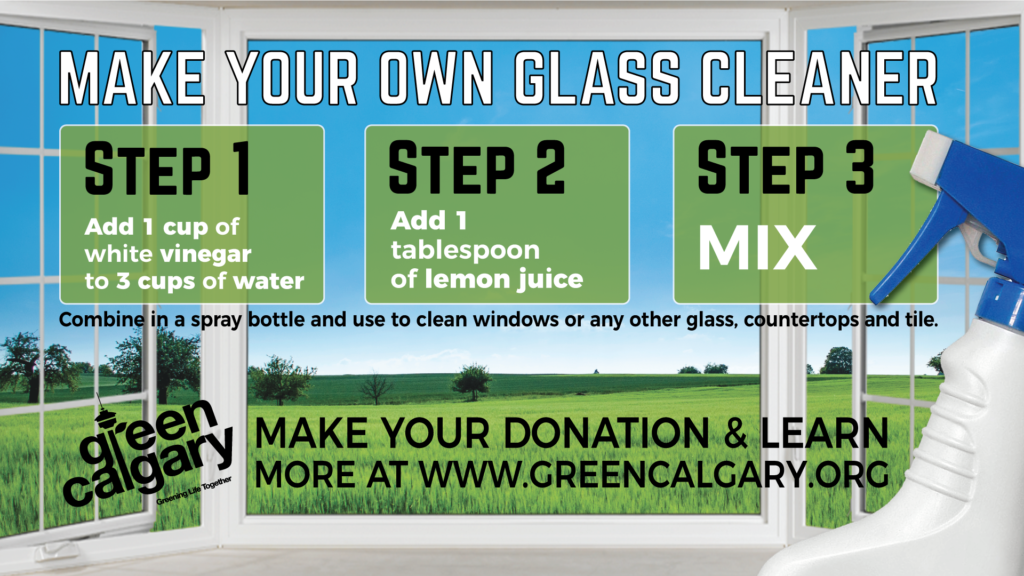
Other simple things you can do to ensure wetlands are not harmed is to make sure you are disposing of waste properly. Disposal instructions usually come with products, or you can check with your city to see how best to dispose of something. Wildlife and wetlands will thank you when you make simple changes to help keep our environment clean and healthy!
References
[i] Canadian Wildlife Federation. (2020). Wetlands. https://cwf-fcf.org/en/explore/gardening-for-wildlife/tools/recreating-natural-habitats/wetlands.html
[ii] Wetlands Alberta. (n.d.). Visit a Wetland. https://wetlandsalberta.ca/map/
[iii] National Geographic. (2011, January 21). Runoff. https://www.nationalgeographic.org/encyclopedia/runoff/
[iv] United States Environmental Protection Agency. (2020, September 4). Featured Story: Stormwater Runoff. https://www3.epa.gov/region9/water/npdes/stormwater-feature.html
[v] Northeast Ohio Regional Sewer District. (2009). A Healthy Environment Starts At Home. https://www.scribd.com/document/217014011/Healthy-Environment-Starts-at-Home

